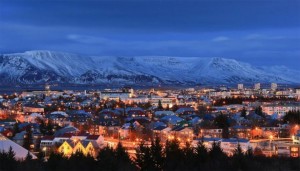From Guest Blogger Lizzie Weakly: How Civil Engineers can Create Long-Lasting Solutions for the Environment

Some civil engineers specializ
Civil Engineers and Sustainable Development
e in sustainable development and green design projects. These engineers use their enhanced problem-solving skills to constructs buildings and whole communities with green building strategies to minimize construction waste, reduce energy usage and lessen the impact on natural resources. Civil engineers work with stakeholders to define and contextualize sustainability initiatives in order to develop solutions to today’s environmental problems. These professional engineers design projects to meet the needs of the present without having adverse effects on the environment that compromise the needs of future generations.
Civil Engineers and Climate Change Adaptation
To address climate change, civil engineers design infrastructure that is capable of withstanding the future impacts of climate change. By using historical data and methodological calculations, civil engineers can apply principals of sustainability, durable construction materials and innovative design features that can tolerate future climate conditions. These engineers play a key role in ensuring that both current and future developments remain resilient for generations to come.
Civil Engineers and Natural Disasters
In addition to addressing future climate change concerns, civil engineers also design and build infrastructure that can withstand today’s natural disasters. Throughout history, humans have faced everything from earthquakes, floods, tsunamis, hurricanes, typhoons, tornadoes and volcanic eruptions. Civil engineers design infrastructure to make sure that is safe and secure from the effects of natural and man-made environmental disasters. Moreover, there are numerous master’s in civil engineering programs that are specifically designed to train students to become experts in developing solutions to address the world’s biggest environmental problems.
Civil engineers are trained to solve issues related to climate change, environmental disasters and sustainability. These professionals are required to use a well-balanced set of skills in order to design green buildings and infrastructure that not only mitigate environmental impacts, but also can withstand future climatic and weather conditions.
